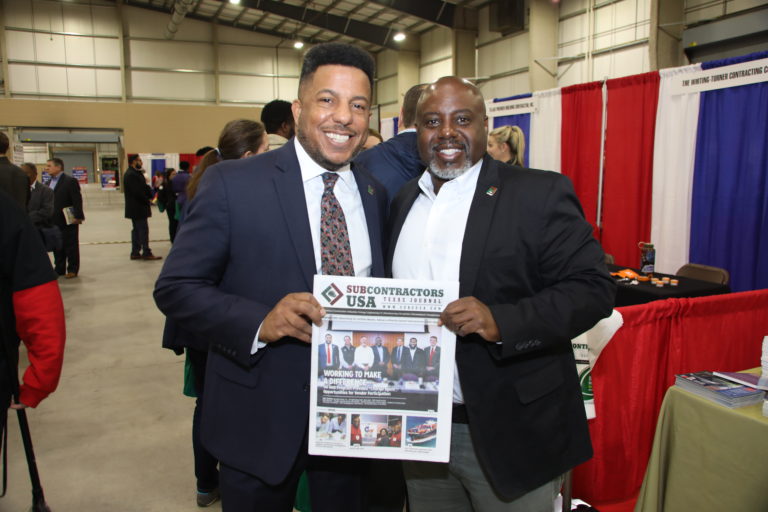New AIA resource provides guidance for firm resiliency.
In an effort to assist architecture firms with navigating adverse business conditions, the American Institute of Architects (AIA) is releasing a new resource: Architect’s Guide to Business Continuity.
“Firms across the country are facing pressures from all sides—from transitioning offices to teleworking models, to work stoppages, to repositioning their businesses to adapt to changing client needs,” said AIA EVP/Chief Executive Officer Robert Ivy, FAIA. “This guide is meant to help firms be nimble during any kind of disruption, whether environmental or manmade. It also should support them in making informed decisions during economic uncertainties so they can be best poised to address the future.”
The guide provides firm leaders with insights into managing staff, premises, technology, information, supply chains, stakeholders, and reputation, so a firm can continue to provide services, generate revenue, and reduce the consequences of business interruption.
Additionally, it provides insights on business aspects unique to building industry professions to help firms be aware of potential vulnerabilities to their business and provides considerations for expanding resilient design services. It also builds on best practices and incorporates lessons learned from firms adversely impacted during previous events.
A March AIA survey found that 48 percent of firms surveyed had all, or almost all, of their staff now working remotely, while 31 percent reported that some of their staff are working remotely. Few firms reported a major impact to their staff due to family or personal reasons, but 15 percent of firms said that at least some of their staff are currently unable to work at all.
AIA is providing firms with a host of resources in response to COVID-19 in addition to advocating for much needed relief for workers and employers through the CARES Act. Included in the legislation are a number of AIA-supported measures to help meet the needs of architects and their firms, including the Paycheck Protection Program for small businesses and sole proprietors, low interest loans to mid-sized businesses, and the Employee Retention Credit for all businesses. Additionally, AIA has provided firms and architect members with FAQs as well as guidance on how Congressional and administration policy activities would impact their practices.
Visit AIA’s website for COVID-19 member resources and to view the Architect’s Guide to Business Continuity.
Source: AIA







